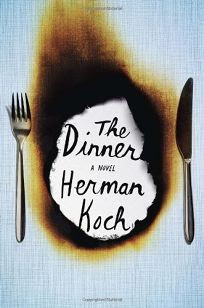2016 Printz Award
2015 National Book Award Finalist
In a story that blends realism with dreamlike imagery and echoes of myth, Finn is the only witness to the kidnapping of 19-year-old Roza. However, his vague description of the man who took her leaves just about everyone in the small town of Bone Gap—including his older brother, Sean, who is in love with Roza—without much faith in his story. Through a complex interweaving of chapters, mostly told from Finn and Roza's points of view, Ruby (Bad Apple) slowly reveals that what actually happened to the beautiful Polish immigrant is more complicated than Finn even knew, and that his own disability, which only becomes clear to readers late in the novel, will make it difficult for him to find her. Ruby raises incisive questions about feminine beauty, identity, and power (Finn's new girlfriend, Petey, is marginalized for not being pretty, while Roza is harassed and abused by men who desire her) in a story full of subtle magic that is not compelled to provide concrete explanations. A haunting and inventive work that subverts expectations at every turn. Ages 14–up.
 This is a very good book, although unusual and a little disturbing. I liked the female main characters because of their strength. But, I wish more information had been given about the kidnapper and who he was.
This is a very good book, although unusual and a little disturbing. I liked the female main characters because of their strength. But, I wish more information had been given about the kidnapper and who he was.








